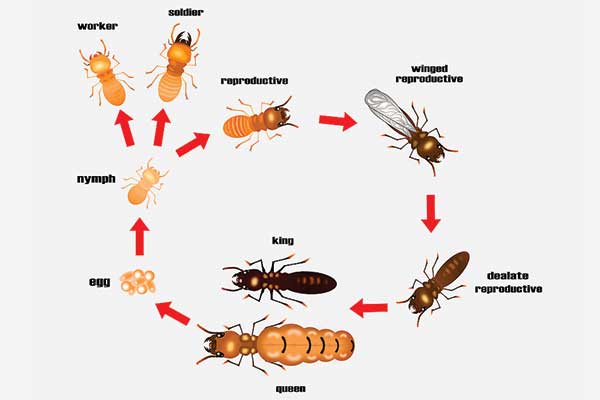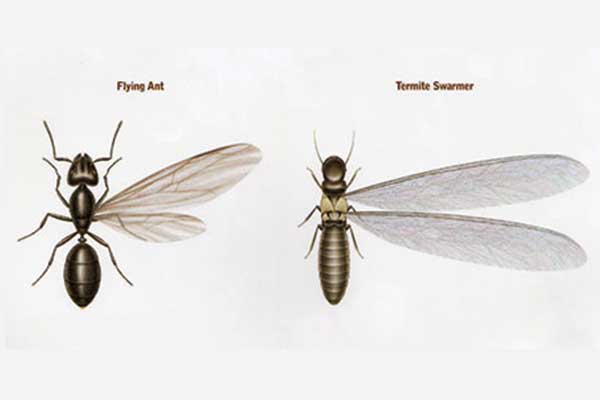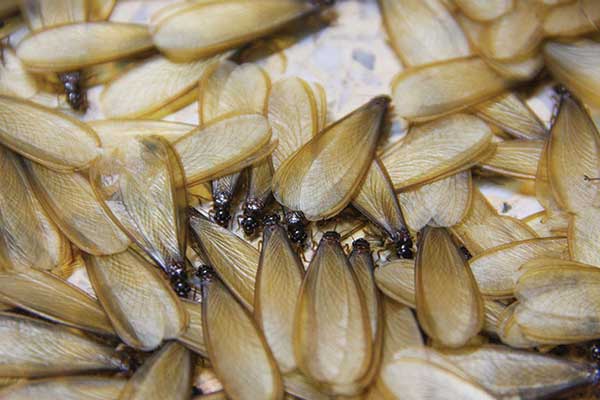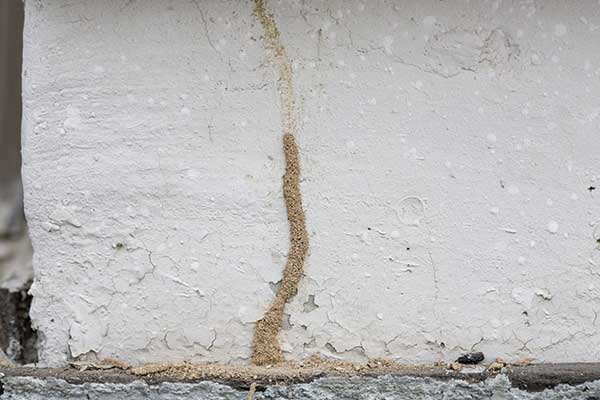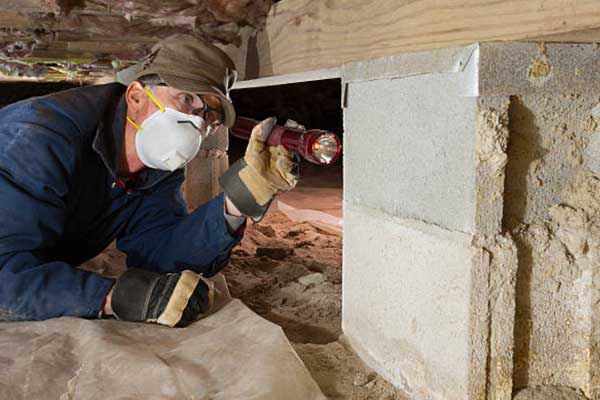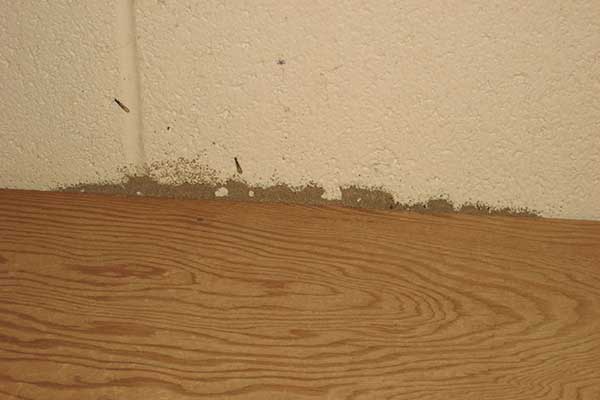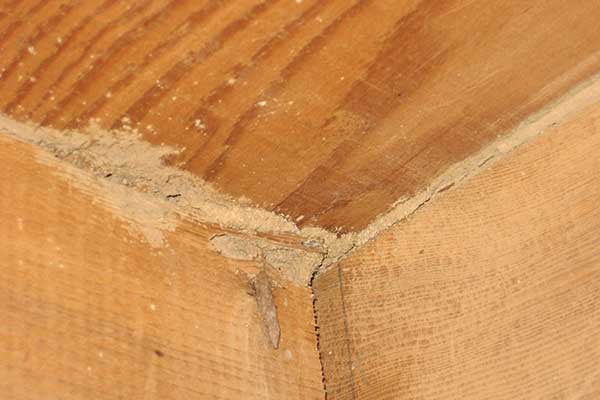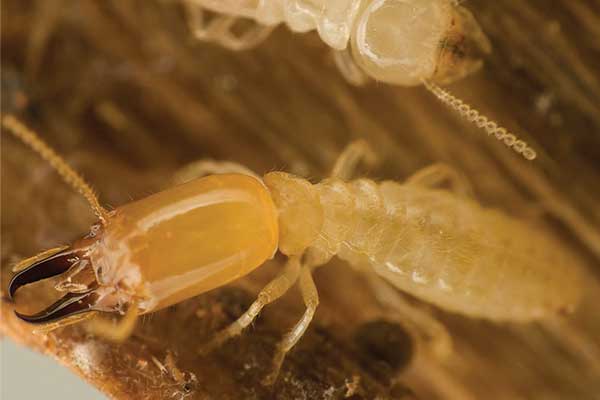How To Treat Termites
A thorough inspection to determine where and how termites are getting in and what type of treatment is best for your property is important. A specific termite treatment plan as well as damage repair services are available. Every home and property are different, so an on-site inspection is recommended to get an idea of the scope of work and to formulate the best price possible to treat. If an addition is done to a home or business, a new termite treatment should be done to cover this area. This is important if a property owner adds on a three-season room, additional office space, new porch, or driveway. A property that is already treated for termites is a great selling point to potential buyers since there is already termite protection in place matter how your home or building is constructed, where it is located, or how old it is, it is susceptible to subterranean termites. Termites cause over 5 billion dollars of damage each year in the United States, and most insurance policies do not cover this. The main two ways to treat termites include either using a liquid barrier treatment or a bait station treatment.
\
For many properties, a full exterior, liquid barrier treatment using Termidor® is recommended. Termidor® is an advanced, undetectable, liquid technology that termites cannot see, smell, taste, or avoid. A liquid termite treatment continues a barrier around the structure and can reach places like garages, porches, and crawl spaces. Some minor surface drilling to get to these hard-to-reach areas may be necessary. Training and experience help your technician treat these areas in the best way possible while maintaining the aesthetic of the area. The liquid barrier treatment is usually found to be the quickest way to reach a termite colony.
Learn More about Termidor®
Bait Station Treatments
Some properties have certain characteristics that make them a better fit for bait station treatments. If a liquid barrier cannot be obtained, then bait stations may be used to treat for termites. Areas around a structure that cannot have a liquid applied; such as vegetable gardens close to the property, cisterns, or water wells may be treated with bait stations. Expertise and advice from your technician help decide which treatment is best for your specific property. Bait stations differ in that they must be maintained and checked regularly for termite monitoring and activity. It is important to keep bait stations clear of yard debris, free of mulch, and out of reach of lawnmowers and weed trimmers, to keep the station intact.
Termite Renewal
After a termite treatment has been done, an optional annual termite renewal service is recommended. This is a service agreement that allows you to keep your home and business covered each year and under warranty. An inspection of the interior and exterior of the property is included in the yearly renewal service agreement. The annual service agreement is low in cost and renewable each year on your treatment anniversary date. Most termite treatments come with an industry-standard one-year warranty. Just like insurance, the renewal warranty covers you in case termites were to come back on the property. Although it is unlikely, certain conditions of a property as well as the age of the property can affect whether or not termites reappear. Other variables like past water intrusion, plumbing leaks, cracked concrete, and foundation erosion can all lead to a reintroduction of termites. If a property is sold the termite service agreement is transferable to the new buyers at no cost. The new buyers should give their contact information at the time of purchase so that the new information can be updated. It is highly recommended to continue a termite renewal on your property each year.
Contact Us To Sign Up
Wood Destroying Insect Reports
The NPMA-33 WDI state-required report is paperwork for an inspection that most lenders require before a property is sold or re-financed. This inspection requires access to the interior and exterior of a home or building to visually inspect areas that are accessible at the time. WDI reports cover wood-destroying insects such as subterranean termites, carpenter ants, carpenter bees, and re-infesting wood-boring beetles such as powder post beetles and old house borer beetles. Reports are given on-site and usually emailed upon completion. A building that is being re-financed or sold that shows signs of termites usually needs to be treated, unless there is documentation of a liquid treatment by a licensed pest control company within the previous five years, or if the structure is presently under warranty or covered by a service agreement with a licensed pest control company. It is recommended that all paperwork of any past termite or wood-destroying insect treatments be given to the WDI inspector by the time of inspection. This way they are aware of any previous treatments already done.
Order a WDI Report
